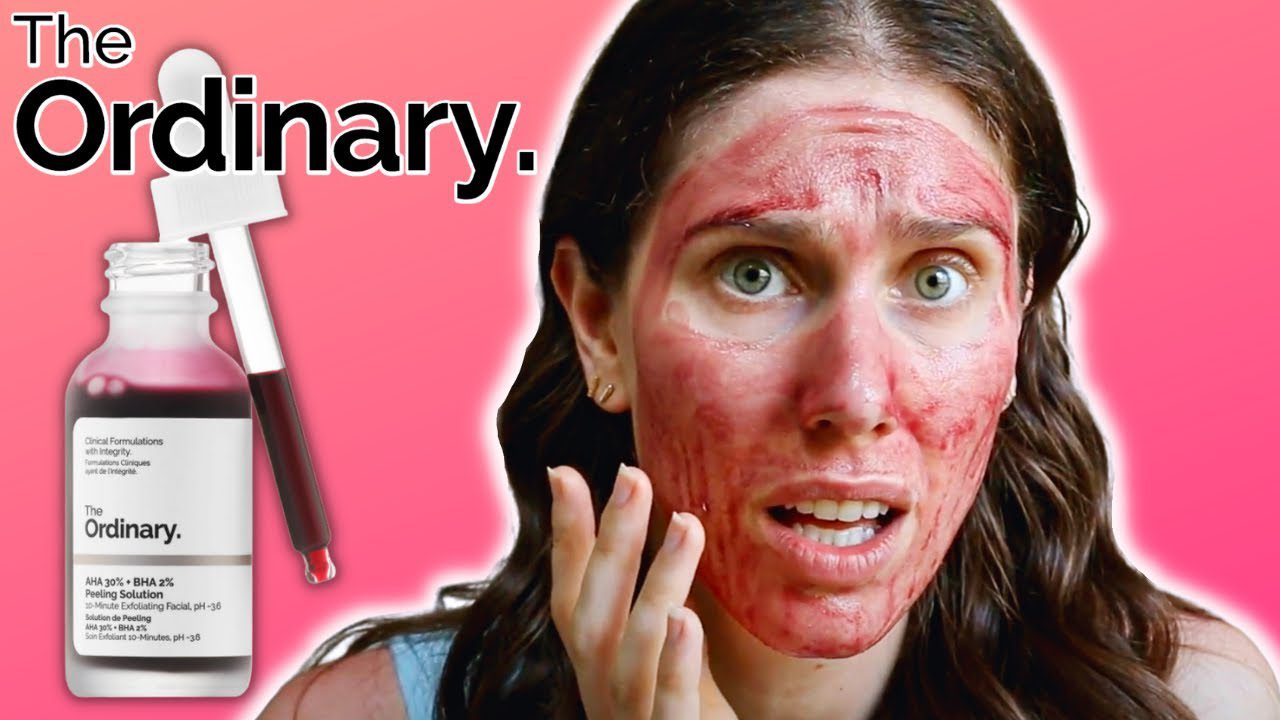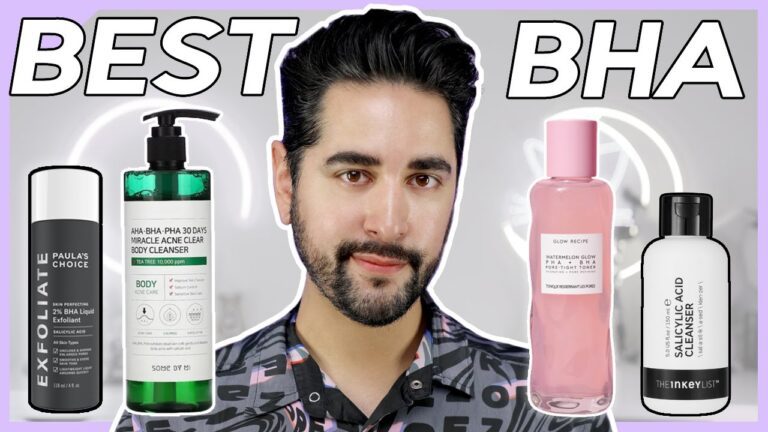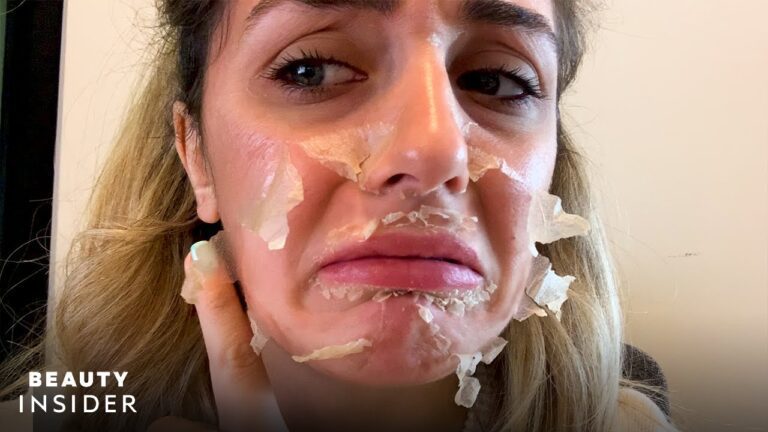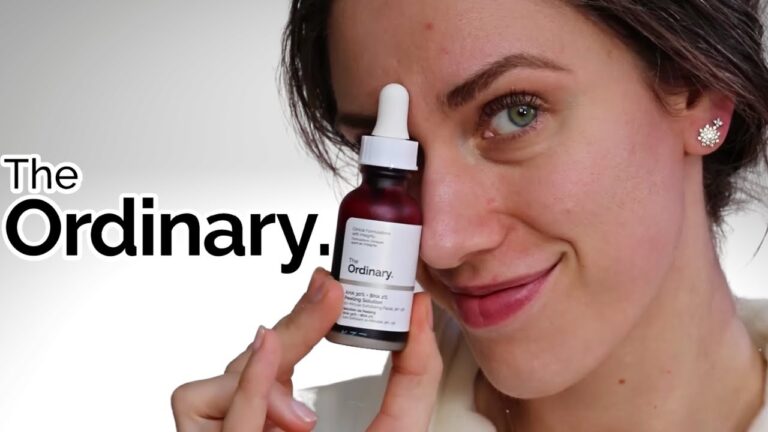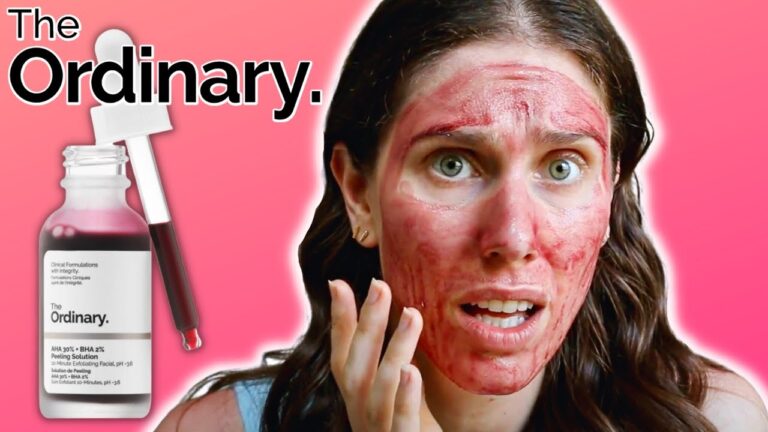Unlocking the Benefits of AHA BHA: Your Ultimate Guide
In the world of skincare, there’s always new buzz words and acronyms popping up. If you’ve been on the hunt for the latest must-haves, chances are you’ve come across the terms ‘AHA’ and ‘BHA’. But what exactly are these ingredients and what benefits do they offer your skin? Let’s dive in and discover the answers!
AHA: Alpha Hydroxy Acid
AHA stands for Alpha Hydroxy Acid, a type of acid commonly found in fruits and milk. This type of acid is known for its exfoliating properties and is often used in skincare to help remove dead skin cells from the surface of the skin. By doing so, AHAs can help improve the texture and tone of the skin, leaving it looking brighter and smoother.
Some of the most common AHAs you may encounter in skincare products include glycolic acid, lactic acid, and mandelic acid. While these acids can be beneficial for most skin types, it’s important to note that they can also make your skin more sensitive to the sun. As a result, it’s recommended that you use AHAs in conjunction with a broad-spectrum sunscreen.
BHA: Beta Hydroxy Acid
BHA stands for Beta Hydroxy Acid, which is usually in skincare products as salicylic acid. Unlike AHAs, BHAs are oil-soluble, which means they can penetrate oily pores and help regulate sebum production. This makes them particularly effective for those with oily or acne-prone skin.
In addition to oil control, BHAs can also help exfoliate the skin from the inside out by dissolving the sebum and dead skin that clogs pores. This makes BHAs an excellent choice for those struggling with blackheads and whiteheads on their face.
AHA vs BHA: Which is Right for You?
Choosing between an AHA and a BHA product can depend on your skin type and concerns. AHAs are generally best suited for those who want to brighten, smooth, and improve the overall texture of their skin. On the other hand, BHAs are well-suited for those with oily or acne-prone skin who want to target blackheads and whiteheads.
That being said, there’s no hard and fast rule that you can’t use both AHAs and BHAs in your skincare routine. In fact, some skincare products contain both types of acids to maximize their benefits. If you have any concerns, however, it’s always best to consult with a skincare professional to determine the best course of action for your skin.
Products Containing AHA and BHA
If you’re looking to incorporate AHA and BHA into your skincare routine, there are plenty of products out there to choose from. Some popular options include:
- The Ordinary Glycolic Acid 7% Toning Solution: This toner contains 7% glycolic acid to help improve the texture and tone of your skin.
- Cosrx BHA Blackhead Power Liquid: This lightweight liquid contains 4% BHA to help exfoliate and control sebum production.
- Paula’s Choice Skin Perfecting 2% BHA Liquid Exfoliant: This cult-favorite exfoliant contains 2% salicylic acid to help unclog pores and improve skin texture.
Ultimately, whether you choose an AHA or BHA product, or both, adding these ingredients to your skincare routine can help give your skin the boost it needs to look and feel its best.
Contents
Most searched products:
Does Sephora Support Israel? Answering Your Questions
Capsaicin Cream Boots
The Explosive Reaction: Sodium Hydroxide and Hydrochloric Acid
Benefits of Using Glycolic Acid for Dandruff Treatment
Get Thick & Luscious Lashes With Sins N Lashes Serum: Our Honest Review!
The Ultimate Guide to Knowing When to Use Glycolic Acid
The Ultimate Guide to Lactic Acid: Benefits, Side Effects, and Uses
Lumin Skin Care Reviews: The Ultimate Guide to Glowing Skin
Revitalize Your Skin with the latest Generation Vitamin C Serum from Skincare Experts
Top 10 Highly Effective Skincare Products for Psoriasis Relief

